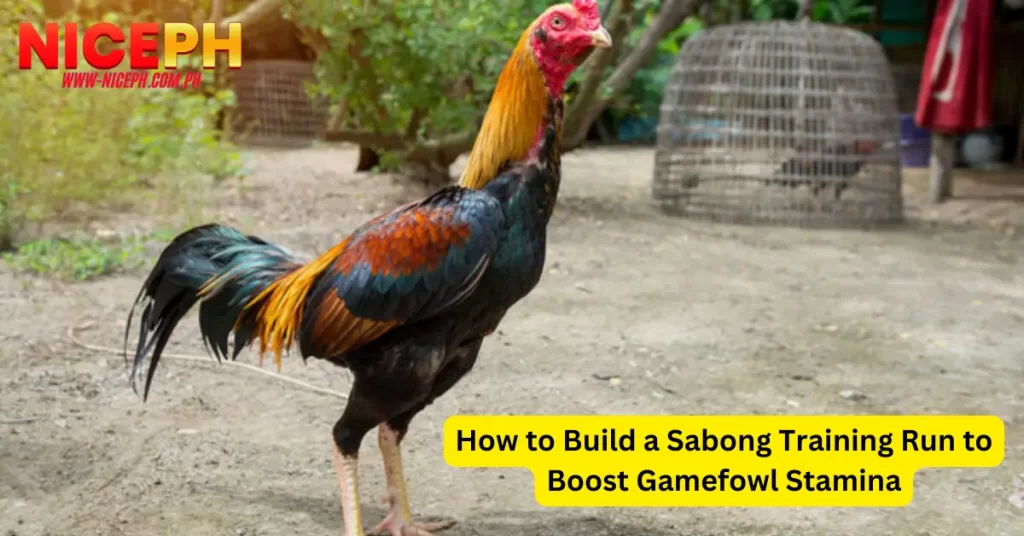A Sabong training run is one very important factor in keeping your gamefowl healthy and developing its fighting skills. A well-designed space will accord the gamefowl to exercise, build its muscles, and build up stamina.
The following article from NicePH details how to go about setting up a Sabong training run to help you build the ideal setting for your training gamefowls.
The Importance of Building a Training Run for Gamefowl
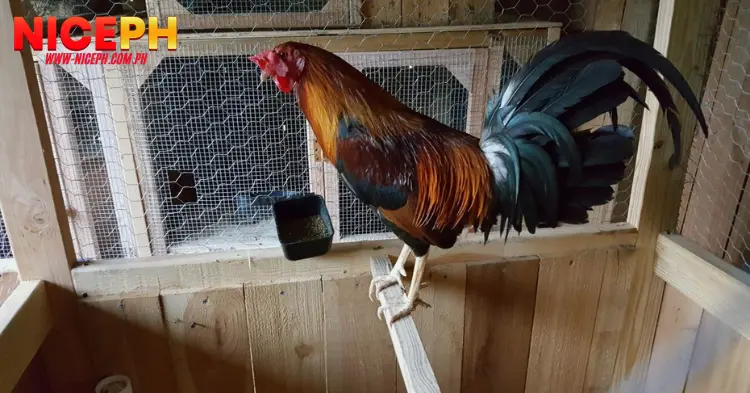
A Sabong training run plays a crucial role in maintaining the health and improving the skills of gamefowl. These birds require a spacious area to strengthen their bodies and endurance, especially during training sessions aimed at competition. With a proper training run, the fowl may get enough exercise, leading to better physical condition and improved fighting ability.
In addition to physical development, a training run helps reduce stress in gamefowl, keeping them calm and focused. A gamefowl with a stable mindset will concentrate better during matches, increasing its chances of winning.
Moreover, a Sabong training run allows caretakers to monitor the health and condition of their gamefowl throughout the training process. This is vital to ensure that the birds reach peak performance before entering competitions.
Key Factors to Consider When Building a Sabong Training Run
When designing and constructing a training for gamefowl, it is important to carefully consider the following factors to ensure effectiveness and suitability for the birds’ needs.
1. Selecting the Location
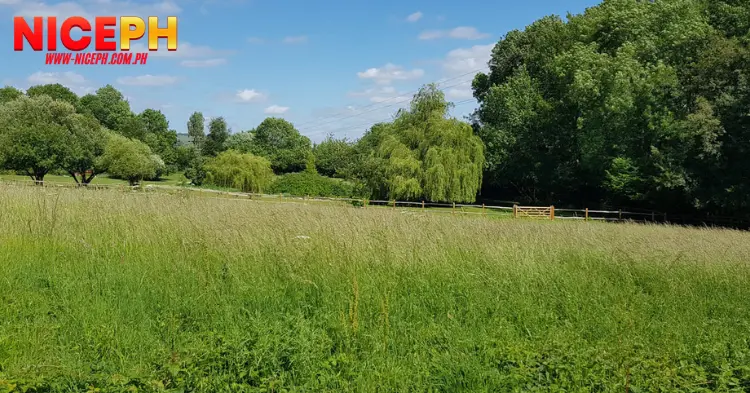
The Sabong training run should be placed in a well-ventilated area with sufficient natural light, but it should not be exposed to direct sunlight for prolonged periods. This helps promote healthy development and prevents respiratory issues. However, avoid areas that are too windy or damp, as these conditions can make the birds susceptible to illness.
In tropical regions like the Philippines, positioning the run in a shaded area or adding a roof is ideal to protect the birds from extreme heat and heavy rain.
2. Determining the Size of the Run
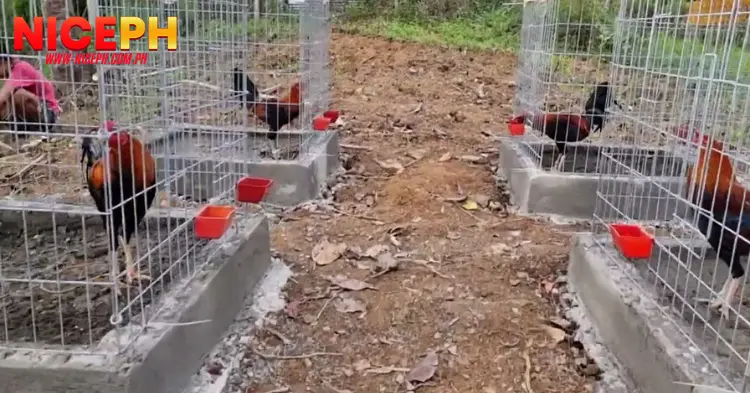
The size of the training run depends on the number of birds being trained. Generally, each gamefowl requires 2 to 3 square meters of space for comfortable movement. If the run is too small, the birds’ mobility will be restricted, resulting in poor physical development and reduced training effectiveness.
For those raising multiple gamefowl, ensure sufficient distance between runs to avoid “staring stress” (where gamefowl watch each other through the enclosures, causing agitation). Some breeders use partitions between runs to prevent this.
3. Choosing the Right Materials
The framework of the run should be made from durable and sturdy materials such as wood, steel, or PVC pipes, depending on your budget and resources. The surrounding mesh should be strong enough to prevent the birds from escaping and to protect them from predators.
The roof can be made of corrugated iron, palm leaves, or tarpaulin to provide effective protection from the sun and rain. Additionally, the floor should be covered with sand, soil, or straw to ensure the birds’ comfort and prevent foot injuries. If sand is not readily available, spreading a layer of straw or additional sand over the floor is recommended.
4. Budget for Construction
The cost of building a training run for gamefowl typically ranges from PHP 1,000 to PHP 2,000, depending on the materials and size. While this is a moderate expense, the benefits are well worth it, particularly for long-term gamefowl breeding and training.
=> Read more: Advanced Methods for Training Fighting Roosters: Techniques Used by Experts
Step-by-Step Guide to Building a Training Run for Gamefowl
Step 1: Determine the Run’s Size and Shape
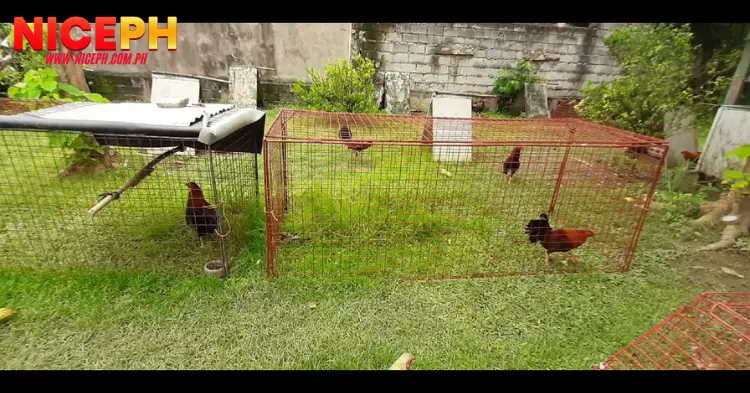
Based on the number of gamefowl, decide on a suitable size for the run. A rectangular or square shape is usually ideal for optimizing space.
Step 2: Gather Materials
You will need:
- Framework: Wood, steel, or PVC pipes.
- Wire mesh: To enclose the run securely.
- Roof: Corrugated iron, palm leaves, or tarpaulin for protection.
- Flooring: Sand, soil, or straw to ensure the birds’ comfort.
Step 3: Assemble the Framework and Mesh
Start by constructing the framework, ensuring it is sturdy. Then, attach the wire mesh securely around the run to keep the gamefowl safe.
Step 4: Install the Roof and Finalize the Run
Add the roof using your chosen material to protect the run from weather elements. If the location is too sunny, consider adding curtains or shades to reduce heat inside the run.
=> Are you looking for a reputable and top-quality casino for betting? Try our partners: JIlibet Casino.
Important Notes for Using the Sabong Training Run
- Do not use the run as a permanent coop: The Sabong training run should be used solely for exercise. Avoid confining the birds in it continuously. Ideally, let the birds use the run for 1–2 days a week.
- Provide food strategically: Place food inside the run to encourage the birds to move around. Hunger will motivate them to jump and reach the food, which helps improve their physical condition.
- Minimize “staring stress”: Use partitions between runs to prevent the birds from seeing each other, avoiding unnecessary stress.
Conclusion of Build a Sabong Training Run
This article provides a detailed and comprehensive guide on building a Sabong training run for gamefowl. We hope this information helps you create an ideal training environment for your gamefowl, enabling them to develop optimal stamina and physical fitness, ready for important competitions.

